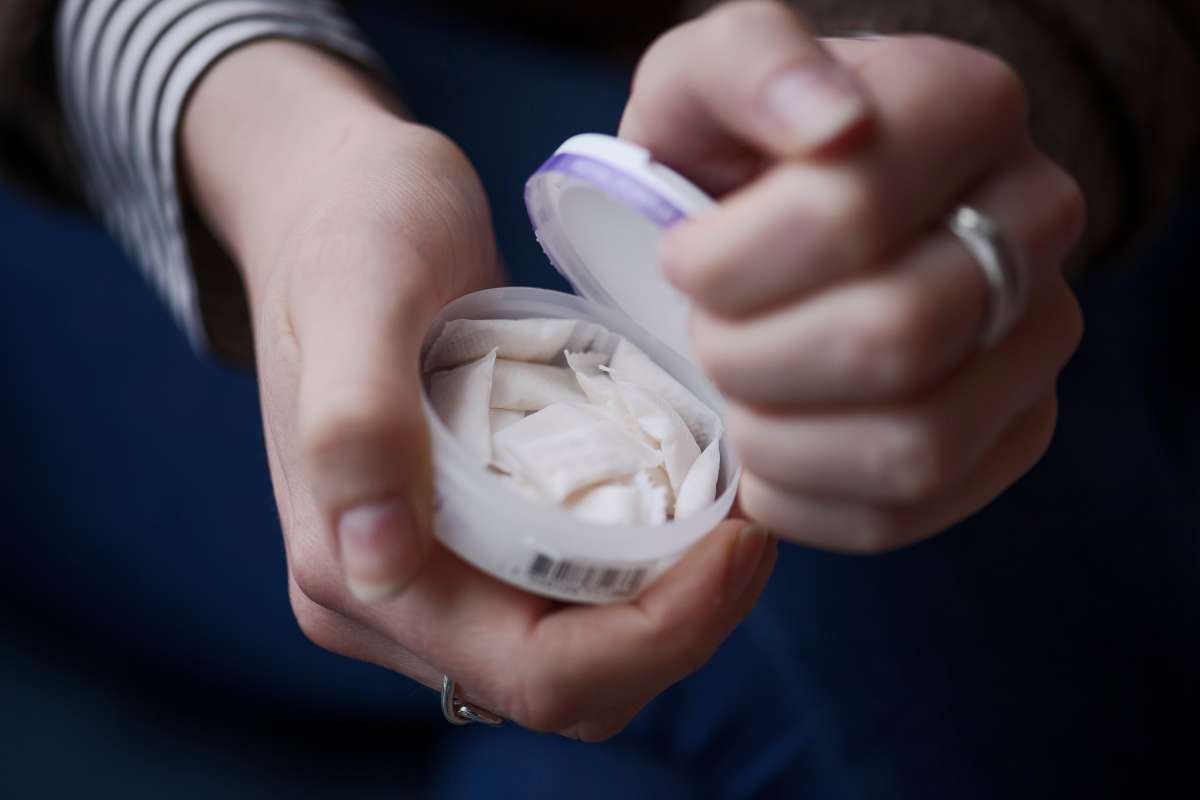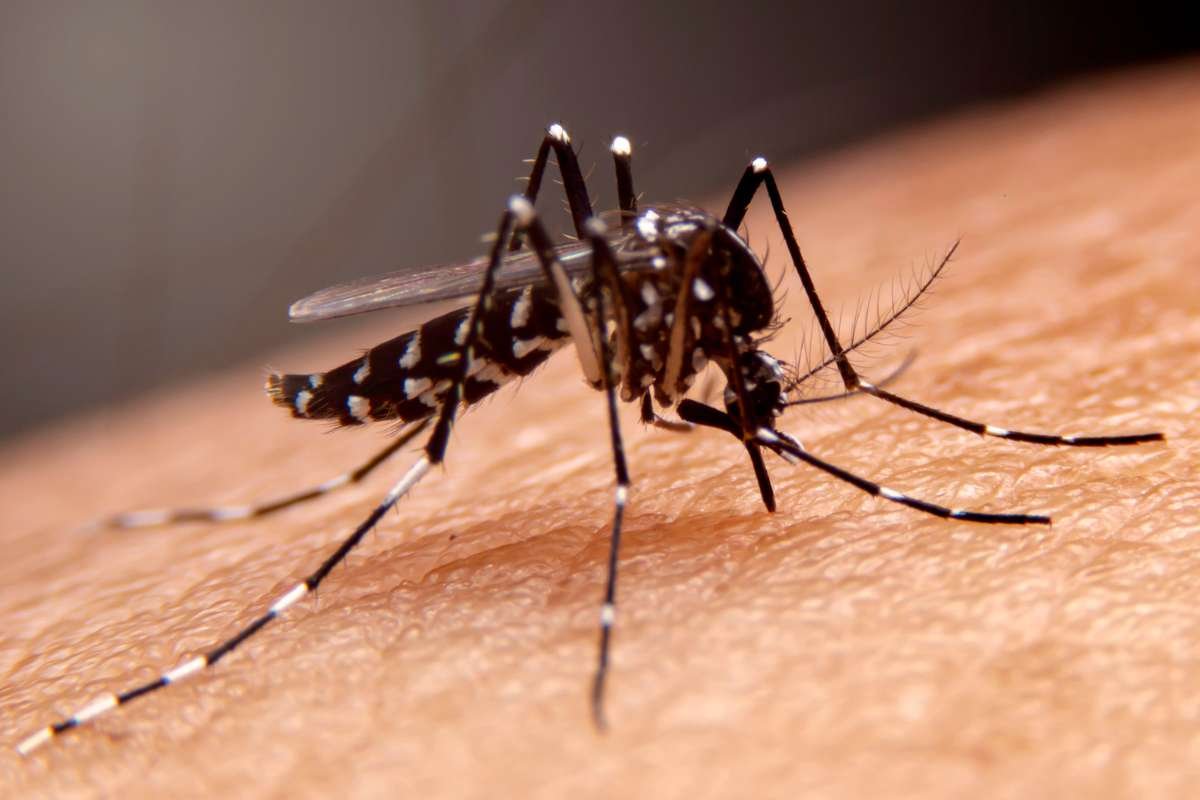A new study from Nationwide Children’s Hospital and the Central Ohio Poison Center has revealed a dramatic increase in accidental Nicotine Pouch Poisonings among children under six, driven by the rapid rise of nicotine pouches. The report, published in Pediatrics, analyzed over 134,000 cases of unintentional nicotine exposure between 2010 and 2023, showing a startling 763% increase in pouch-related incidents since 2020, the year they began being tracked separately.
Unlike traditional nicotine products, such as gum or patches, these discreet, flavored pouches are often mistaken for candy by young children. Researchers found that Nicotine Pouch Poisonings made children 1.5 times more likely to experience serious symptoms and twice as likely to require hospitalization compared to exposures involving other forms of nicotine.
Although most cases resulted in mild symptoms like nausea and vomiting, 39 children suffered major medical outcomes, including seizures and breathing difficulties. Two deaths were also linked to concentrated liquid nicotine ingestion during the 13 years.
The Risks Behind the Packaging
Health experts are sounding the alarm about the way these products are marketed and packaged. Nicotine Pouch Poisonings have been linked to products sold in brightly colored containers with fruit or candy flavors, making them highly appealing to children. Dr. Natalie Rine, Director of the Central Ohio Poison Center, emphasized that many parents underestimate the danger: “These products look harmless, but a small amount of nicotine can cause life-threatening symptoms in a child”.
The CDC warns that most nicotine pouches contain 3–12 mg of nicotine each. Given that even 1–2 mg can severely affect a toddler, just one pouch can trigger vomiting, tremors, elevated heart rate, or worse. The study highlighted how quickly symptoms can escalate and the importance of immediate medical attention in any suspected ingestion.
Federal laws like the 2015 Child Nicotine Poisoning Prevention Act helped reduce liquid nicotine exposures by mandating child-resistant packaging. However, those regulations don’t yet extend to newer products like pouches, creating a critical gap in consumer protection.
What Experts and Parents Can Do Now
In response to these findings, experts are calling for swift action:
- Tighter Regulations: Researchers urge lawmakers to update federal packaging requirements to include nicotine pouches and similar oral products.
- Safer Storage at Home: Parents are advised to treat pouches with the same caution as prescription medication—locked away and out of reach.
- Greater Public Awareness: Doctors stress the need for education campaigns to inform families about the risks of all nicotine products, especially those that don’t look harmful.
Dr. Gary Smith, senior author of the study, emphasized the urgency of the situation: “We’ve seen how effective regulation can reduce poisonings. Now we need similar measures to address the rise in Nicotine Pouch Poisonings before more children are harmed.”.
As the nicotine product landscape evolves, so must the safety measures. Experts agree that increased vigilance—both at home and in policy—is essential to prevent further harm.
Visit The Lifesciences Magazine For The Most Recent Information.







